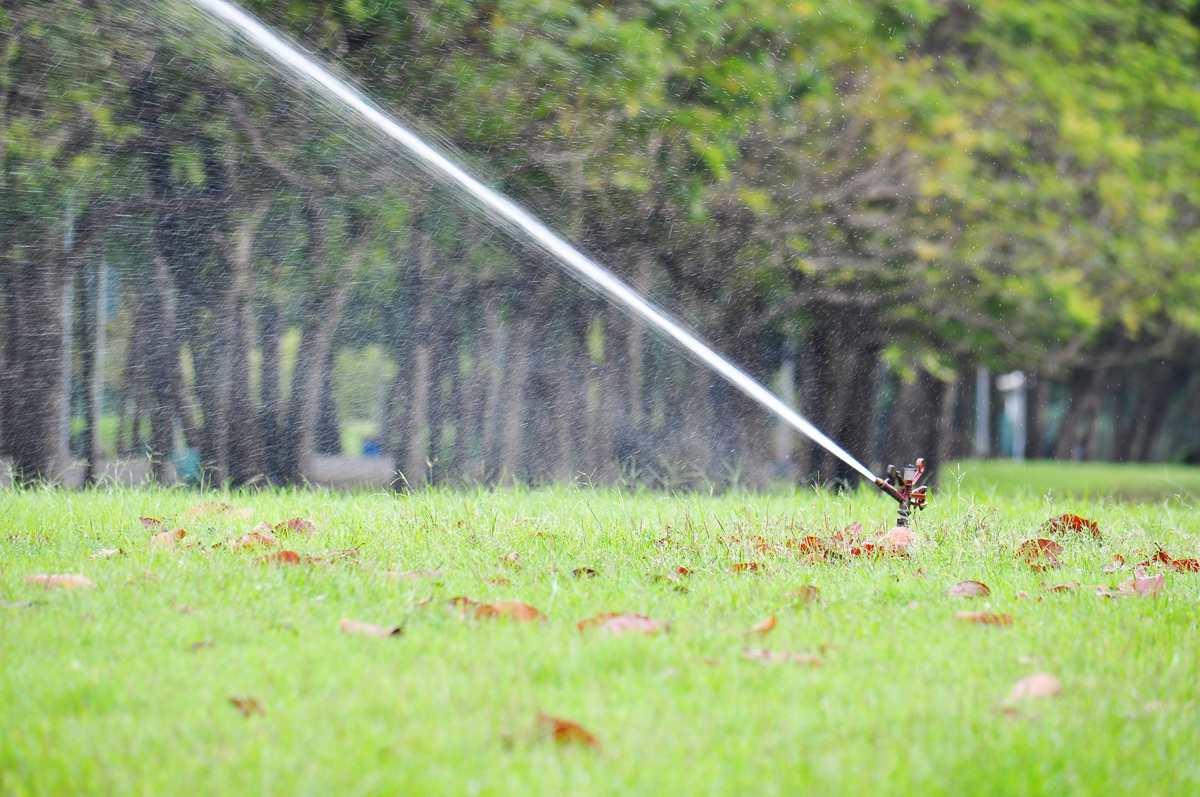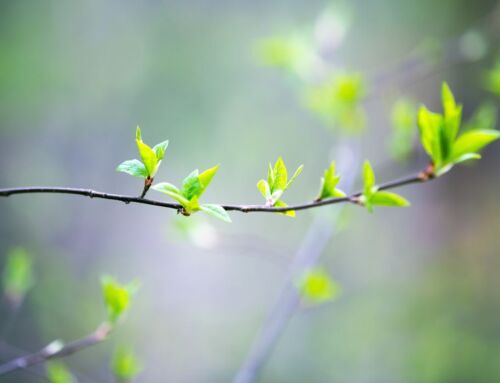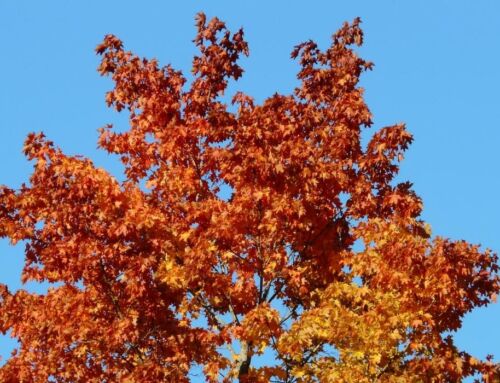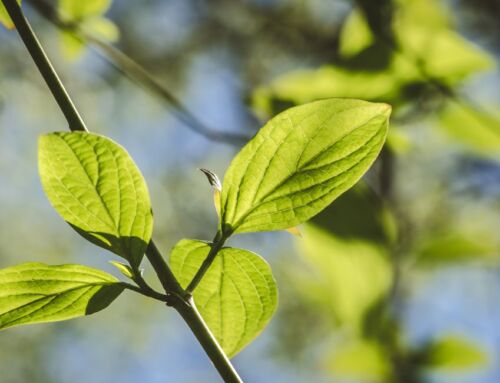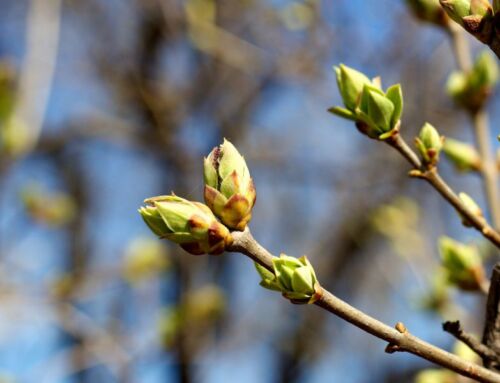Sprinkler systems are often great ways to water your plants and trees. It’s automated and hits just about every piece of your lawn and surrounding vicinity. You essentially set it, forget it and watch the plant life bloom.
However, what’s good for the grass is not always good for the trees. Grass can usually tolerate copious amounts of water from above-ground water systems. But too much water emanating from sprinklers can actually be a detriment for trees.
That’s because wetting tree trunks can create a favorable environment for fungal pathogens to grow, leading to rotting. Also, trees often need to be watered just usually twice a month, on a biweekly basis, notably during dry seasons. Getting moisture to the roots can be accomplished by the simple use of a hose, rather than multiple sprinkler heads inundating the trees and their roots. Some tree roots won’t even be affected positively from sprinkler systems, especially if thick sod exists.
You will know your trees are not being watered enough if you signs such as wilted or curling leaves; off-color or undersized leaves; and untimely fall colors and early leaf drops. But if your trees are getting too much water, you’ll know because the area will stay routinely damp, new growth will wither before fully grown, and leaves will likely be more fragile.
How can you check if trees in your backyard are getting too much or too little water? There are simple solutions. One, you can just stick a screwdriver in the ground to test the surface — and if it’s a real chore, the tree is probably dehydrated. You can even do a minor dig, grabbing a handful of soil half a foot below the surface and checking to see if it’s moist. If it’s sopping wet, you know your tree is being overwatered.
Your best course of action is calling Camelot Tree & Shrub Co. for a consultation. We are the plant health care experts and would love to give you insight on the status and treatment of your yard.

